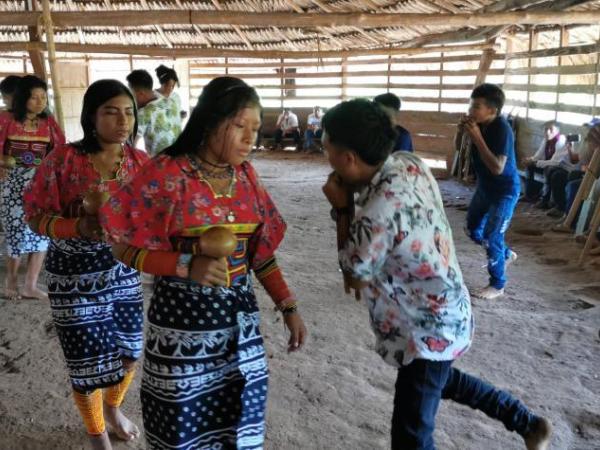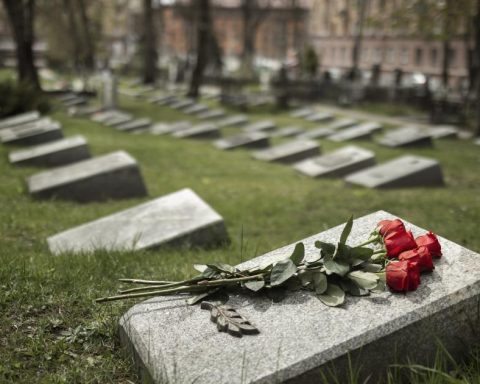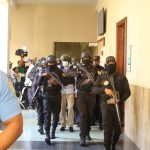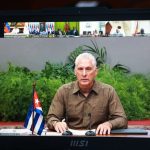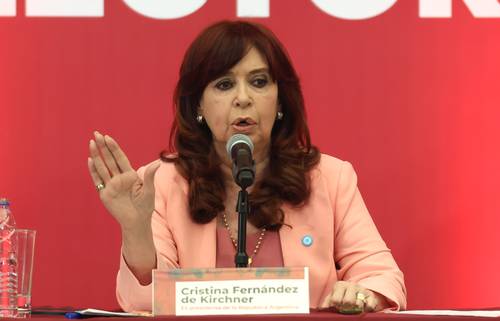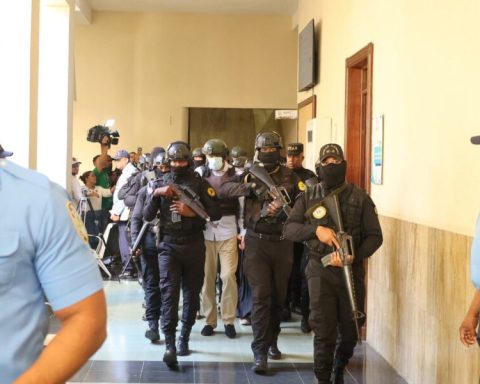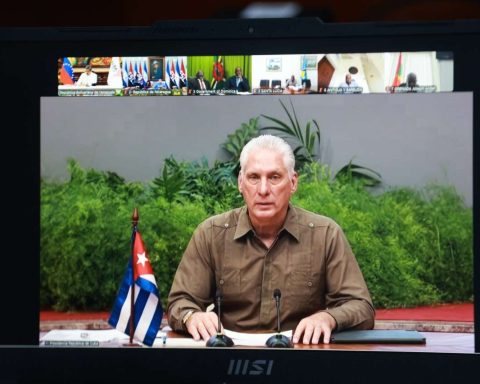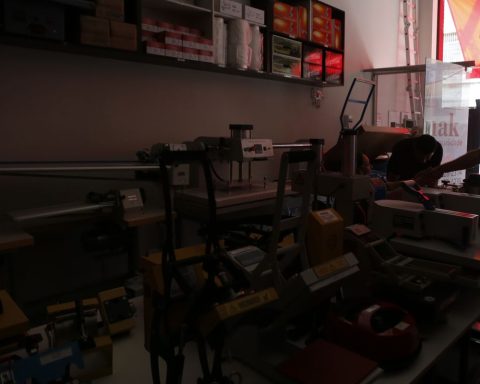Despite being a country of many ethnicities and cultures, which had its roots in indigenous peoples, Colombia continues to be an unequal country for these communities, who in addition to scourges such as violence and poverty, must deal with with a panorama of few opportunities, both at work and when it comes to accessing the educational system.
A recent report by the Ibero-American University Corporation, on the occasion of the commemoration of the International Day of Indigenous Peoples on August 9, revealed that despite the many demands to close the social gaps that affect them, only six out of 10 indigenous people who seek to enter university are able to successfully complete this task.
Toll and diesel increases: what’s next for these sectors, according to the Ministry of Finance
Ricardo Gómez Giraldo, rector of this educational institution, in this analysis it is clear that the level of higher education of the indigenous population has a significant difference compared to the percentage of the national populationsince it is only 18.8%; which if taken to the postgraduate level is extended, since only 0.6% achieve it.
“One of the major barriers that indigenous communities face in accessing education is their geographic location, so it is essential to increase efforts in virtual education and, above all, in internet access coverage throughout the country,” said Gómez Giraldo.
Higher education.
iStock
The study by the Ibero-American University Corporation also focuses on other educational levels and highlights that while access to education in indigenous communities is above the national average, For basic cycles, as the levels of schooling increase, coverage is reduced.
That is to say, at the preschool level it is 3.1% compared to 2.3% of the country’s total; and in primary school it is 41.8% compared to 29.7% of the national total. On the other hand, in secondary education the average is lower, with 17.5% compared to 25.2% of the national total.
Venezuela: Opponents protest against Chavismo and presidential elections
“In preschool, primary and secondary school, indigenous populations with better The highest levels of education are: Hupdu, Betoye, Barasano, Achagua, Curripaco, Nukak, Makú, Cubeo, Siriano and Puinave; while those with the lowest levels are Eruriwa, Chiricoa, Panama Indigenous, Panches, Tayronas and U`Wa,” added Professor Ricardo Gómez.
This academic added that “at the higher education level, including postgraduate education, the indigenous peoples with the best levels of access are: indigenous peoples of Mexico, Tayronas, Panches, Quimbaya, indigenous peoples of Peru, Muisca, indigenous peoples of Brazil, Juhup and Guane; while those with the least access at this level are Tsiripu, Piapoco, Makuna, Macahuan, Betoye, Hitnu, Masiguare and Nukak.”
Poor connectivity
To better understand the causes of this, the researchers in charge of the report reviewed the social conditions and obstacles that indigenous people must overcome when studying, finding that internet coverage It is the main barrier to access to higher education for indigenous communities.

Arhuaco indigenous people, in the Sierra Nevada de Santa Marta
Rafael Quintero
Overall, indigenous households have much lower internet access rates than the national total, with an average internet coverage of 6.4% compared to 43.4% for the rest of the population in Colombia.
“The departments where the largest number of indigenous populations are concentrated have the lowest internet coverage rates: in La Guajira, internet coverage in indigenous homes is 2.1% compared to 10.8% in the department; in Cauca it is 3.1% compared to 15.7% in the department, in Nariño it is 3.3% compared to 17% in the department and in Córdoba it is 5.8% compared to 17.6% in the department,” the report indicated.
Colombians are among the most prevalent illegal migrants in the United States
The analysis also reveals that the professions that most interest students from indigenous communities to study online are psychology, a bachelor’s degree in education, and early childhood pedagogy. At the postgraduate level, the most popular are the specialization in childhood and adolescent development, and the master’s degree in education.
According to the latest DANE census, there are 115 indigenous peoples in Colombia that recognize themselves as indigenous in the national territory, which represents a population of more than one million nine hundred thousand people, that is, 4.4% of the total population of Colombia. The largest number of people who recognize themselves as indigenous In the country it is concentrated in the departments of La Guajira, Cauca, Nariño, Córdoba, Sucre and Chocó.
